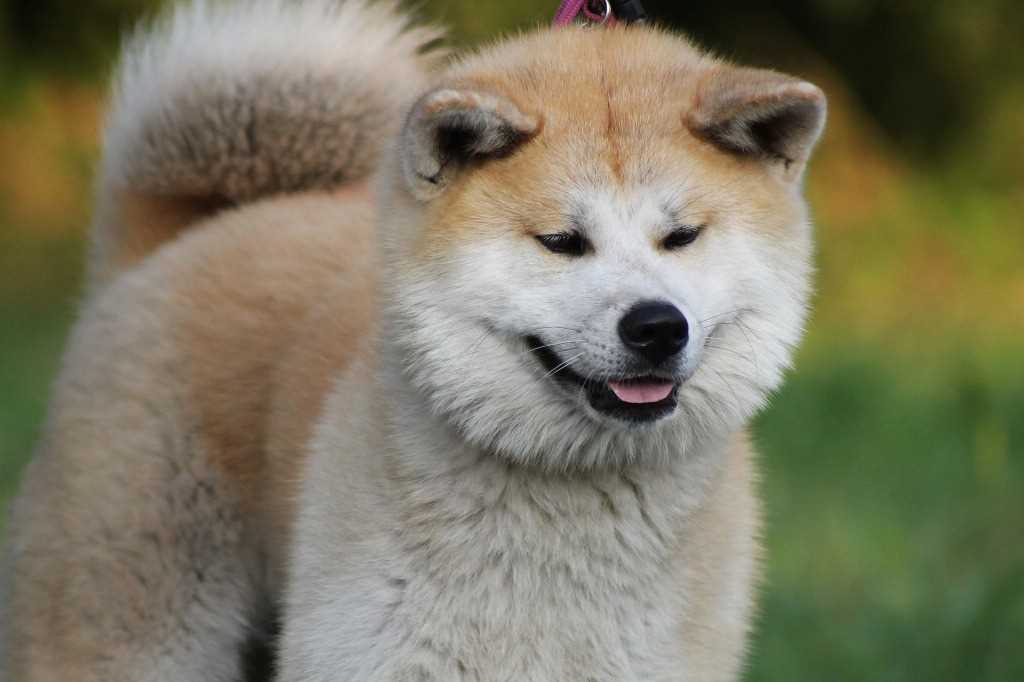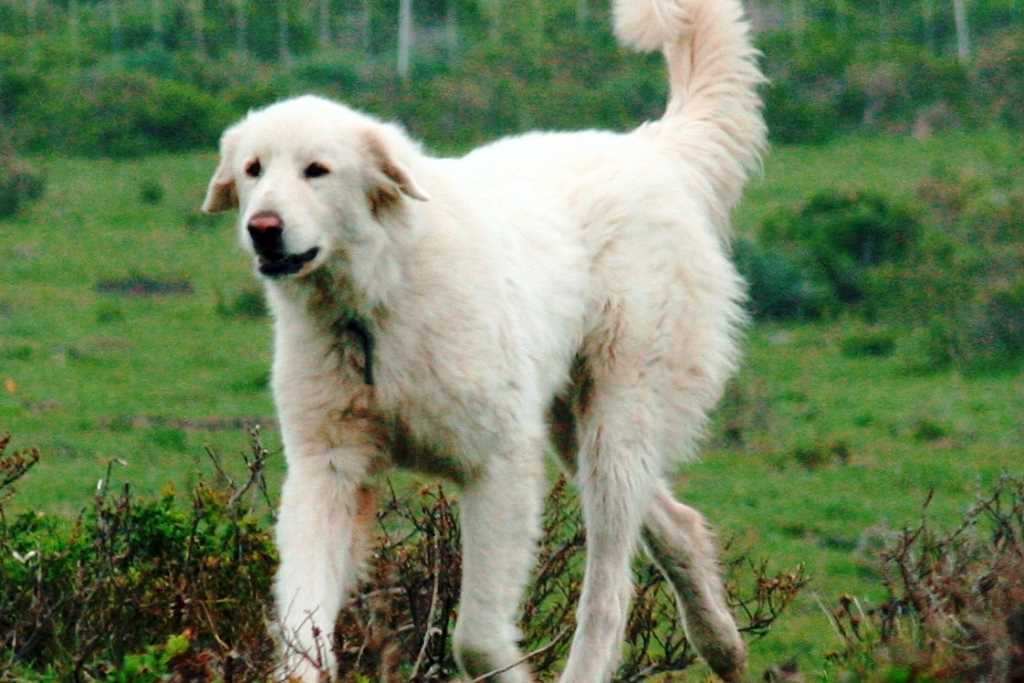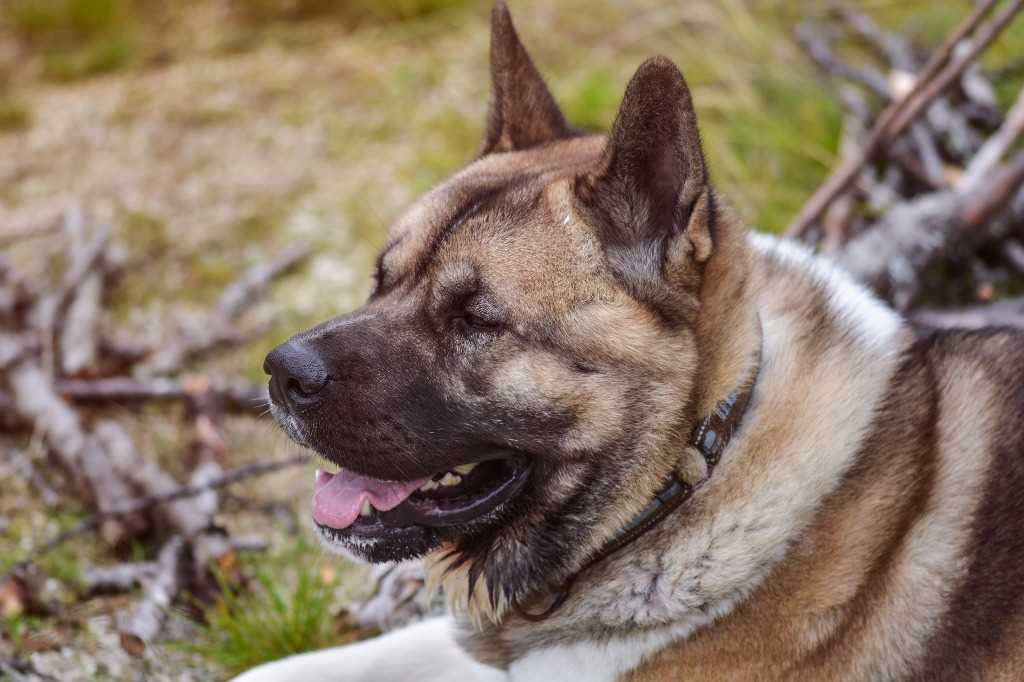The Japanese Akita Inu dog breed is a very old breed, which has undergone several changes over time, through cross-breeding due to various vicissitudes such as wars and customs. Initially it was smaller in size and was used as a guard or hunting dog and later also as a fighting dog. Around the second half of the 1800s, there was an increasing demand for fighting dogs and in order to have stronger dogs, they were crossed with animals from Asia and Europe such as the Mastiff and Tosa. This caused the size of these dogs to increase. In the past they became the dogs of the samurai, the shogun and the Japanese aristocracy. In more modern times they were used by the Japanese police to guard prisons, while today they are also used as rescue dogs, but mostly as companion dogs.
Fortunately, from the beginning of the 1900s dog fighting was banned and it was from then on that the breed began to be improved and preserved through careful selection in order to maintain its purity.
Its origin comes from the mountainous and rural areas of the Akita prefecture in Japan, hence its name, Akita, Inu meaning dog in Japanese. It risked extinction during the Second World War, when all dogs except German shepherds, used for military purposes, were confiscated and slaughtered to provide the army with furs for clothing and meat for food. Fortunately, some were taken into the countryside and distant villages and crossed with German shepherds to circumvent the law.
After the war two bloodlines were established, the pure bloodline and the crossbred. Several cross-bred females were brought to the United States, where the American Akita was born.
In 1931 the Akita was declared a ‘national natural monument’ by Japan and until 1945 they were not allowed to be exported. Only after World War II, after risking extinction, was this possible.
Even today in Japan it is customary to give a statuette or a soft toy of the Akiro to infants and the sick, as a symbol of good health and a long and happy life. And let’s remember Hachikō, an Akita dog, who became famous for his great loyalty to his master, Professor Hidesaburō Ueno, a Japanese agronomist. This dog used to accompany his master to the station in the morning and wait for him in the evening when he returned. His master died and for 10 years he continued to go to the station to wait for his return. A bronze statue was made in Shibuya station, in the place where Hachikō stood to wait for him.
Character of the Japanese Akita Inu
As can be seen from the history of the Hachikō dog, loyalty is the main characteristic of this breed, but that is not all. It is also calm, dignified, sensitive and intelligent. But it has a proud character and its training requires loving discipline, but also a lot of firmness, as the dog tends to get the upper hand. It is therefore not an easy breed to train, you need a lot of patience and also knowledge of this dog’s special character.
It does not have an innate sense of obedience, but tends to make its own decisions, taking into account, however, the wishes of its owner, who must have plenty of time to devote to its socialisation. It does not get on well with other animals, due to its pack leader nature; it can only get on well with a female of the same breed, or if female with a male. It can be aggressive, especially with dogs of the same sex, so it should not make friends with other dogs.
It is not a dog suitable for the elderly or for children, even if it can develop a sort of protection towards them as it sees them as fragile and therefore they remain figures with whom to interact with delicacy, but it is not very prone to play and interaction and a certain physical strength is needed to manage to hold it in case of encounters with other dogs on its walks, as it is very protective of its owner and family members and can see in other dogs a danger to its humans.
It requires its own space, but can also live in a flat, as long as space is left daily for a long walk. At home it is always very calm and quiet, so much so that some compare it to a cat. It is, however, a bit stubborn and tends to be touchy when it thinks it has been unfairly reprimanded. With his family, he is very sweet, while maintaining his decorum and majesty.
Appearance of the Japanese Akita Inu dog breed
The Akita Inu is a large dog, very vigorous and strong. It is well-proportioned, with a massive bone structure, but its appearance is always very dignified, simple and sweet. It has muscular paws, rounded and thick feet that resemble those of a cat and give it that distinctive gait. Its tail is often rolled up on its back, a characteristic that distinguishes it from other dog breeds.
The head is very large and in proportion to the body, the ears are triangular with a rounded tip, massive, erect and carried slanting forward, the eyes are small, dark and deep, almost triangular and are very expressive. Its expression is unique, it almost seems to be smiling.
The coat has a characteristic straight rough coat of light fawn, reddish, sesame, tiger and white with white portions on the sides of the muzzle, cheeks, jaw, inside of the paws, chest and tail. The undercoat is soft and dense while the cover coat is hard and straight. It also loses a lot of fur outside the moulting period, which it does more than twice a year.
There is a clear difference in weight between the male and female, the male can weigh up to 50 kilograms or more, the female 40 at the most. They can therefore be recognised at a glance.
Health and care of the Japanese Akita Inu dog breed
The Akita Inu is a healthy, robust dog with a fairly long life expectancy, averaging 13 years. It has very good physical endurance and resistance to low temperatures, but can suffer from the common diseases of large dogs, such as dysplasia, watery eyes etc.
As far as the coat is concerned, this must be cared for very often, especially during the moulting period as it tends to lose a lot of hair, so brush it at least twice a week and a bath when necessary.
It is not a dog which tends to put on weight as long as it has adequate exercise. It loves fish very much.


